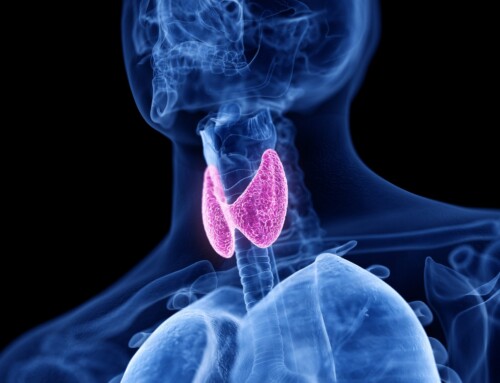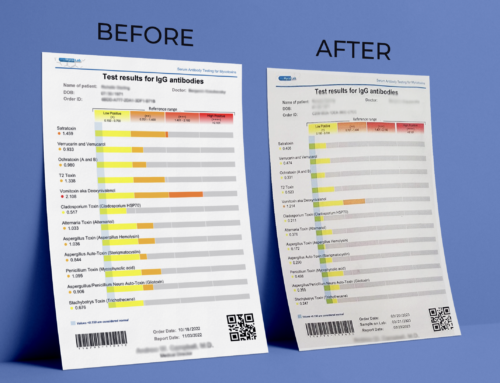By Dr. David A. Jernigan
Understanding Phages
A novel treatment called, Induced Native Phage Therapy (INPT), uses nanoparticle silicon in an sterile isotonic solution to act as a carrier and transmitter of the precise phage-activating electromagnetic signatures, identified and imprinted using a by a proprietary technology. The precise complex electromagnetic signals are administered orally and are designed to induce native bacteriophages (phages) to switch from their normal lysogenic activities in relation to their specific host bacteria, turning instead to lytic actions, appears to be able to eliminate all Borrelia spp. and it’s Persister Cells located anywhere in the body. Of the 12 people in the study who originally tested positive for one or more strains of Borrelia, with one week of INPT treatment, all twelve were retested and found to be negative for any residual Borrelia infection. A confirmatory third test was performed around 70 days post INPT treatment which determined all participants remained negative. The long-term elimination of the detection of Borrelia, using the most sensitive test developed to date, is a strong proof of concept and verification of the science of Induced Native Phage Therapy (INPT).
Each type of phage uses a very specific type of bacteria in a parasitic relationship, forcing their bacterial host to incorporate the phage genetics into the host genetic engine, thereby causing the host to replicate more of the phages. INPT is a new technology that enables the inducing of any specific phage-type to target and rapidly kill their specific microbial host, through lytic action. INPT is based upon leading research demonstrating every human infection enters the body already infected with its own phage infection specific to that infectious bacterial type. This phage infection of the bacteria is a parasitic relationship, which INPT can cause the phages to become predatory, seeking out and killing all of their specific host bacteria. The activated phages themselves die within three days after the last of their target bacteria are dead.
With INPT, no externally-sourced phages are being introduced into the body, as is the case in the rest of the body of phage science. INPT works with bacteriophages that already exist within the body, that enter the body in situ, within the initial infecting microbe from the various vectors, such as ticks. Recent research reported by Tatjana Mijatovic, PhD, at the 2020 ILADS (International Lyme and Associated Diseases) conference, confirms Borrelia inside of a tick’s stomach are themselves already parasitically infected by Borrelia-phages. These Borrelia-phages enter the human body with the injection of the bacteria during the tick bite.
To continue reading, click here.





